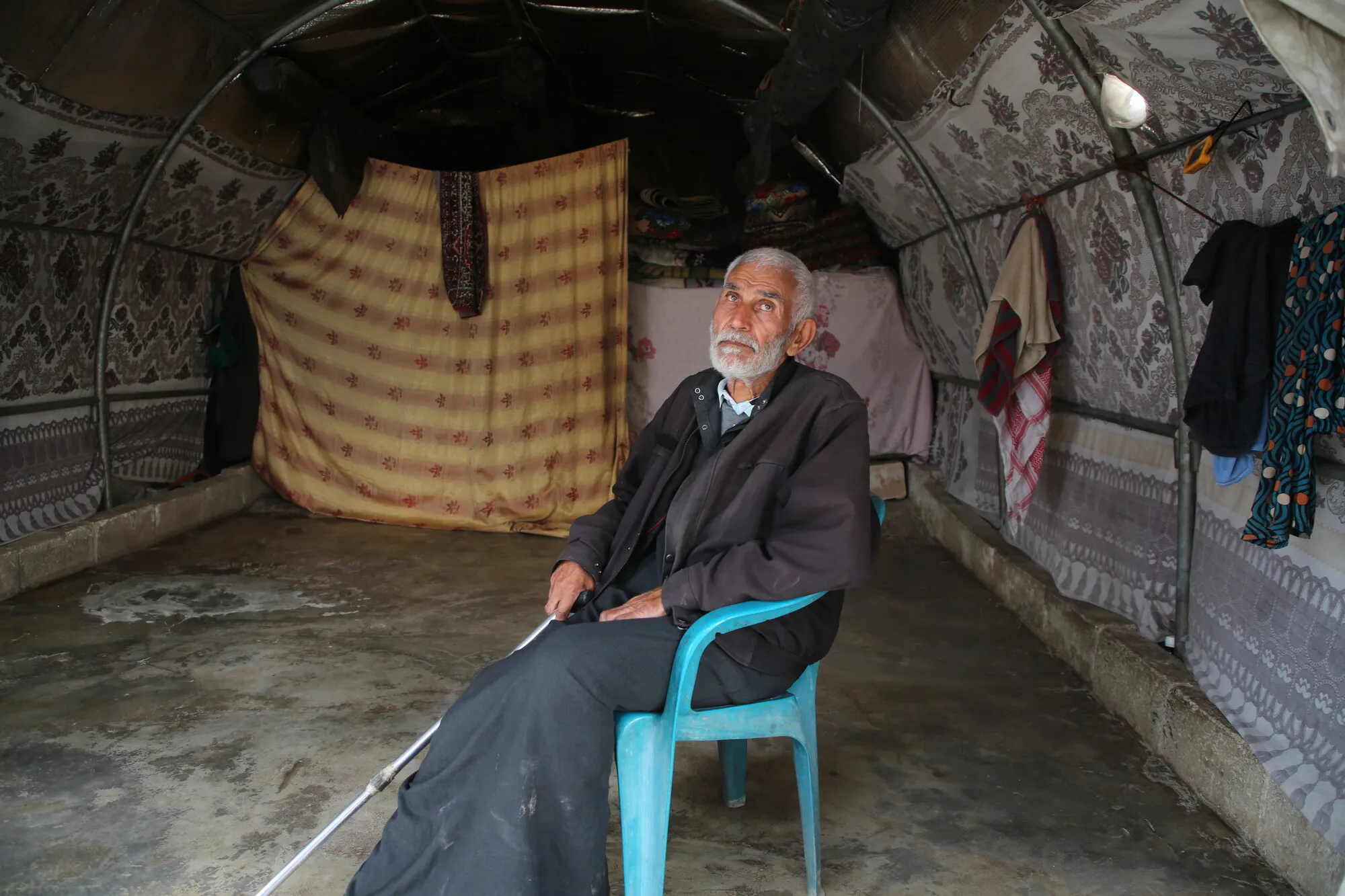June 12, 2023 – CARE highlights the urgent need to prioritize efficient, flexible, and sustainable humanitarian assistance to Syrians inside Syria and in the wider region as donors prepare to meet on June 15 to make pledges to Syria and neighboring countries hosting Syrian refugees.
After 12 years of protracted conflict, a devastating earthquake that has impacted vulnerable communities experiencing waves of repeated displacement, a deteriorating economy and multiple other crises, it has become ever more pressing for donors to reassess their approach to offering humanitarian assistance in support of the Syrian people.
Humanitarian assistance that is transient and unsustainable in nature, like water-trucking and providing tents for shelter, cannot meet the scale and complexity of the Syrian crisis, and is largely attributable to short-term approaches to aid.
Syria’s humanitarian response now more than ever needs donors to consider longer-term funding cycles that would allow for adequate planning and investment in early recovery activities and interventions. Having the world’s largest internally displaced (IDP) and refugee population of more than 12 million, as well as suffering from severe drawbacks related to economic decline and climate change impacting vital sectors like the agricultural and livestock economies, and more recently a deadly earthquake that destroyed entire villages and cities, meant the complete loss of livelihoods for the vast majority of the population who now live in poverty – estimated at 90%.
Early recovery, which enables communities to tap into the benefits of humanitarian aid to create development opportunities and build resilience while recovering from repeated crises, ultimately helps in solving long-standing problems, thereby bringing about a higher return on money spent on aid. While many elements of the multiple crises in Syria will require a continued focus on emergency relief, balancing the overall framework of assistance through incorporating early recovery where possible is integral to a more localized approach.
In northwest Syria, where 91 percent of the population of 4.5 million are in need, the response is overwhelmingly dependent on locally-led Syrian non-governmental organizations (NGOs). Syrian NGOs work in the most difficult field conditions and are relied on by both international non-governmental organizations (INGOs) and United Nations (UN) agencies alike. In recent years, some donors have allocated multi-year, flexible funding to the Syrian humanitarian response, but this is yet to be consistently cascaded to Syrian NGOs, including overhead allocations to cover staff salaries and critical needs like duty of care and capacity development.
“A localized approach will mean that those who are most attuned to the specific needs of their communities, including women and girls, whom we know are the most impacted by conflict and humanitarian disasters, are able to deliver efficient and sustainable aid that improves conditions for communities in a dignified manner that lessens people’s dependency on aid,” Nirvana Shawky said.
For media inquiries, please contact: Sulafah Al-Shami, Syria Response Senior Communications Manager via: sulafah.al-shami@care.org or Anisa Husain, CARE US Press Officer via: anisa.husain@care.org

